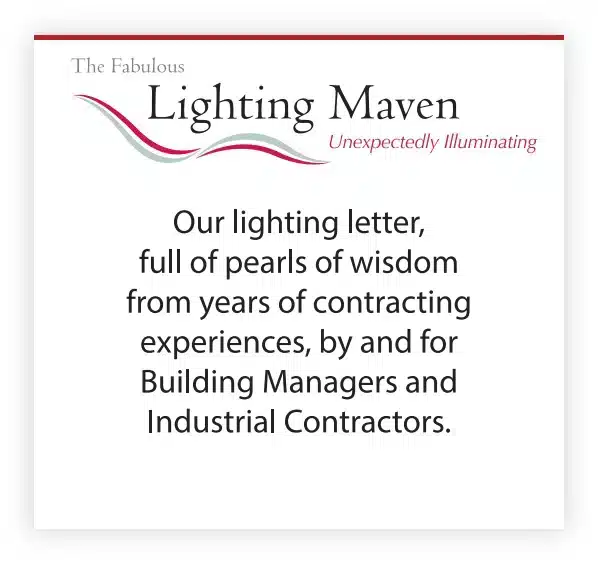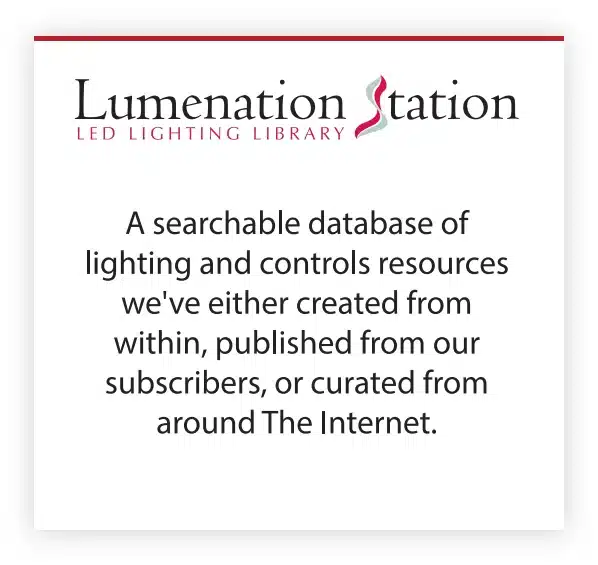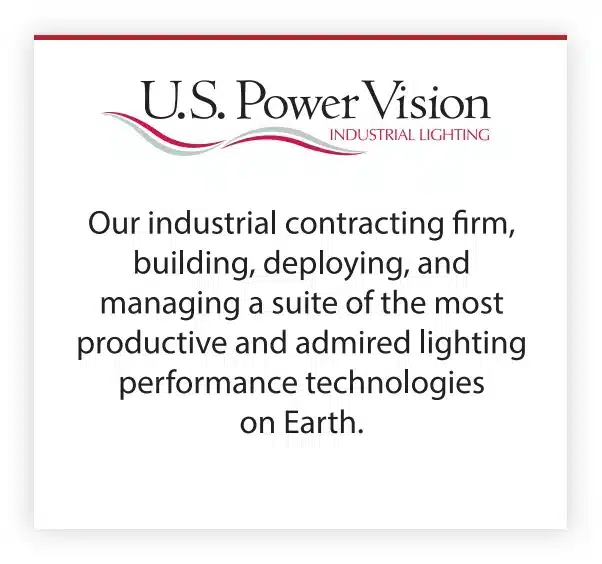Dear Reader:
If you were to read the literature, it seems the industry throws around two terms almost as if they were interchangeable – efficacy and efficiency – when, in fact, they mean two very different things.
Efficacy is the measure of the overall lighting fixture, simply the amount of work it provides (lumens) divided by its input wattage. It is similar to the miles per gallon measurement in the auto industry, whereby both the miles, and gallons, relate to the output and input of the entire vehicle. Lumens per watt for LED fixtures are now upwards of 150 typically, and with some – more expensive products – they can be north of 200.
Efficiency is the measure of what percentage of the lumens generated by the lumenaire actually exits the fixture, to be delivered to the workspace.
Any of a number of things can impact a fixture’s efficiency, including its housing design, materials selected, thermal qualities, driver type, and number of diodes in use and their spacing between each other.
Lens type and texture is also an important element to the decision-making process, as the amount of light passing through that lens, and its distribution qualities, each affect the fixture’s efficiency. As to the latter, most manufacturers will post within their specification sheets what each lens option will result in, in percentage terms.
A prudent Facilities Manager will arrange for his/her plant to be drawn, of if CAD drawings already exist that they be imported into lighting simulation software such as AGI32, so that actual delivered lumens of the various LED fixtures selected can be calculated and converted to expected footcandles on a point-by-point basis. This amalgamates the efficacy and efficiency issues, and expresses all into a helpful graphic as to what you can expect on the ground, in terms that may be more familiar to you.
One final note, from LED Direct’s LED Efficacy: How do Different Types of Fixtures Compare, “most LED experts will caution against retrofitting the fixtures (with LED tubes), primarily because retrofitting will negatively impact the efficacy of the fixture, no matter what kind of fixture it is. This is because the heat of the fixture will be trapped in the older housing and will not be able to be dispersed, causing wear and tear on the driver.
While retrofitting fixtures can be a cheaper option in the short run, it costs more in the long run because of the inefficiency of the original fixture.”






